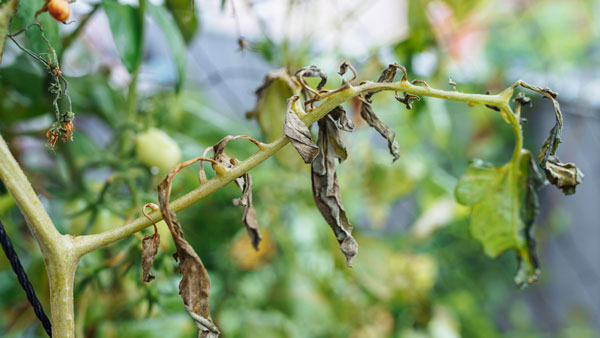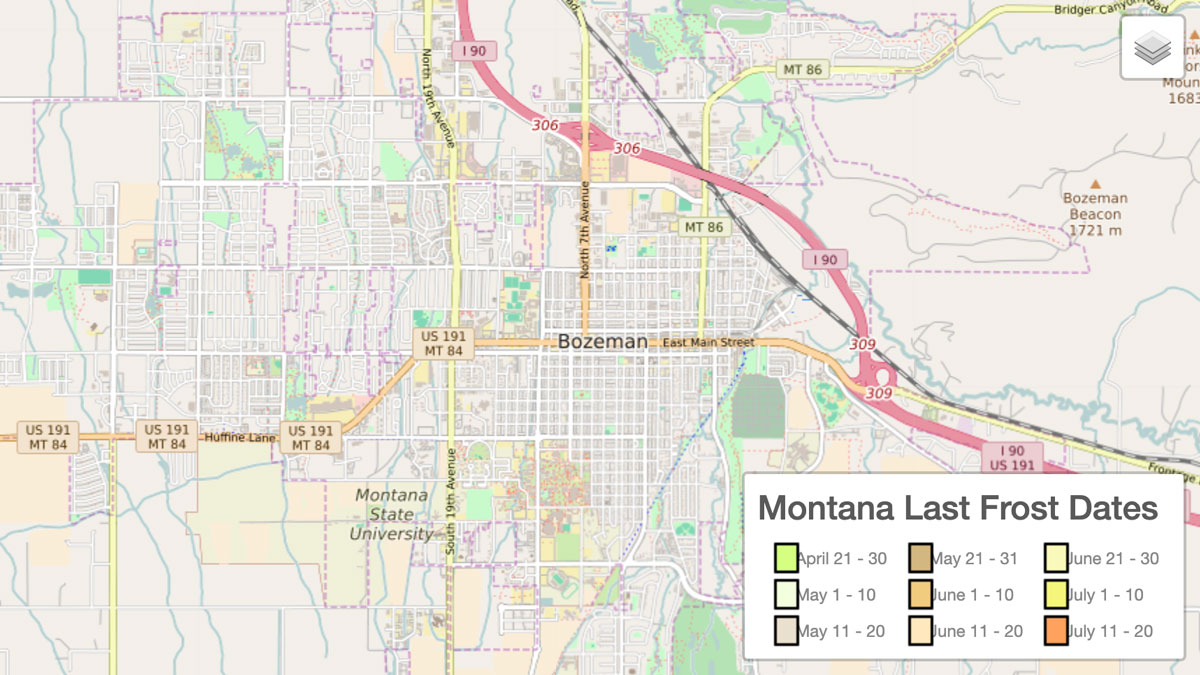Understanding frost dates is crucial for gardeners, especially in regions like Bozeman, Montana, where the growing season is relatively short. Knowing these dates helps plan when to plant and harvest different vegetables to avoid damage from unexpected frosts.
What Are Frost Dates?
Frost dates refer to the average dates of the last frost in spring and the first frost in fall for a specific location. The last frost date is the average date of the final light freeze in spring, marking the end of potential frost damage and the beginning of the planting season for frost-sensitive plants. Conversely, the first frost date is the average date of the initial light freeze in fall, indicating the end of the growing season for many crops.

Frost dates are calculated based on historical climate data, typically over a 30-year period. Meteorologists and agricultural experts analyze past temperature records to determine the average dates when temperatures have fallen to 32°F (0°C), the point at which frost can occur. These averages provide a guideline for gardeners; however, actual frost dates can vary each year due to weather fluctuations.
Do Frost Dates Fluctuate Over Time?
Yes, frost dates can fluctuate annually due to variations in weather patterns, climate change, and local microclimates. Factors such as elevation, urban heat islands, and proximity to bodies of water can influence local temperatures, causing deviations from the average frost dates. Therefore, while historical averages are useful, it’s essential to monitor current weather forecasts for more accurate planning.
Frost Dates in Bozeman
For Bozeman, Montana, the average frost dates are as follows:
- Average Last Spring Frost Date: June 1 – 10. Most people use Memroial Day or June 1 as their transplanting date.
- Average First Fall Frost Date: September 12
- Growing Season Length: Approximately 97 days
Specific frost dates for each year are not typically available far in advance, as they depend on annual weather patterns. However, gardeners can use historical averages as a guideline and should monitor local weather forecasts as planting season approaches to adjust their plans accordingly.
Check out plantmaps.com to see frost dates related to microclimates in the Gallatin Valley.
Impact on Planting and Harvesting
The short growing season in Bozeman necessitates careful selection of crops and precise timing:
- Cool-Season Crops: Vegetables like lettuce, spinach, peas, and radishes can be planted a few weeks before the last expected frost date, as they tolerate cooler temperatures.
- Warm-Season Crops: Plants such as tomatoes, peppers, cucumbers, and beans should be planted after the last frost date to prevent frost damage. Starting these indoors and transplanting them after the last frost can be beneficial.
- Succession Planting: To maximize the short growing season, consider succession planting, which involves sowing a new crop as soon as one is harvested.
Trusted Resources for Determining Frost Dates
Gardeners can consult several reliable sources to determine frost dates in Bozeman:
- The Old Farmer’s Almanac: Provides average frost dates based on historical data for various locations, including Bozeman. Almanac.com
- National Gardening Association: Offers a frost date calculator that provides probabilities of frost for specific dates. The National Gardening Association
- Montana State University Agricultural Centers: Local agricultural extensions often provide region-specific data and advice. Ag Research Montana State University
- Cashman’s Nursery provides handouts with seeding and transplanting dates based on known frost dates in Bozeman.
- Plantmaps.com has some maps and satellite imagery. plantmaps.com
By understanding and monitoring frost dates, gardeners in Bozeman can effectively plan their planting and harvesting schedules to optimize crop yields and reduce the risk of frost damage.


Leave a Reply